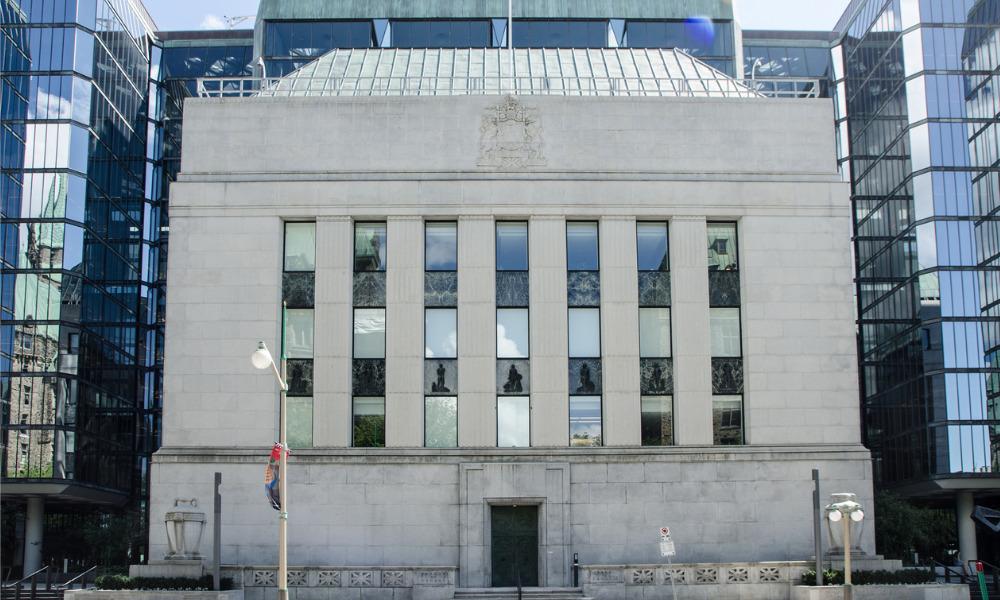Analyst on likely timeline for rates to fall

Despite emerging signs of a slowing economy, the Bank of Canada will not be that eager to cut rates within the next few months as inflation might take longer than anticipated to drop to the central bank’s 2% target, according to David Watt, chief economist at HSBC Canada.
Watt said that any downward adjustment of the BoC’s policy rate is only likely to materialize after a few quarters.
“We’re not thinking the bank is going to move until the second half of next year, maybe around mid-year, simply because we’re not convinced that the inflation numbers are going to come in low enough,” Watt said in an interview with BNN Bloomberg late last week.
Tu Nguyen, economist at RSM Canada, said that the now-evident contraction of the Canadian economy signalled that it is “time to switch the discussion from potential rate hikes to potential rate cuts.”
“The Bank of Canada might announce the first rate cut in April 2024 to avoid a deeper recession than needed,” she said.
Canada's economy remains sluggish as recent data from Statistics Canada reveals that the Gross Domestic Product (GDP) remained stagnant in both August and likely September.
— Canadian Mortgage Professional Magazine (@CMPmagazine) November 1, 2023
Read more: https://t.co/DLYaH1A8Yg#MortgageIndustry #SluggishMarket #Economy
Central banks might end up on a “higher-for-longer” situation
Doug Porter, chief economist at BMO Capital Markets, warned that markets are “maybe getting a little bit ahead” of themselves.
“I do think we can look forward to rate cuts next year; I just still believe that the Bank of Canada and the US Federal Reserve, if they’re going to make a mistake, it’s that they’re going to stay too high, too long,” Porter said.
On the other end of the spectrum, National Bank of Canada chief economist Stefane Marion is expecting the BoC to cut interest rates by as much as 100 basis points by the end of 2024.
At the same time, Marion said that sticky inflation readings involving housing costs could pressure rates to remain higher for longer.
“That housing component of the Consumer Price Index is very resilient, growing at 6% right now,” Marion said. “That’s 30% of the CPI, so that limits the ability for the bank to cut rates.”



